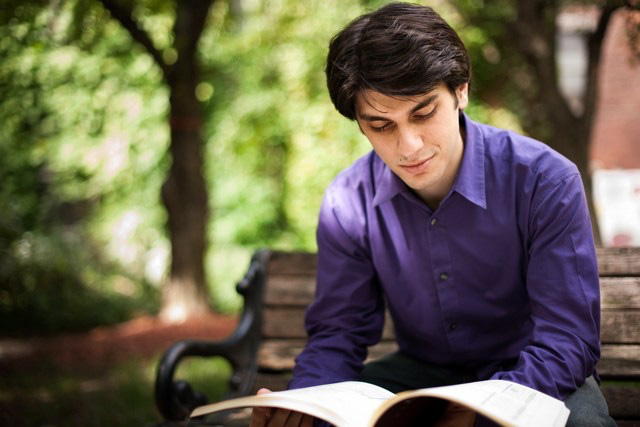Knoxville Symphony Orchestra, Masterworks, “Appalachian Spring”
Conductor: Aram Demirjian
Ives: Variations on “America”
Still: Symphony No. 1
Midkiff: Mandolin Concerto: From the Blue Ridge (mandolinist/composer Jeff Midkiff)
Copland: Suite from Appalachian Spring
Tennessee Theatre, 604 S. Gay Street, downtown Knoxville
Thursday and Friday, November 17 and 18, 7:30 PM
Tickets: Online or 865-291-3310
Many of the programming decisions and guest artist selections for this season’s Knoxville Symphony Orchestra Masterworks concerts were made in advance of the announcement of Aram Demirjian as the orchestra’s new music director; advertising materials had to be prepared and guest artists booked. So, I haven’t actually inquired as to who at the KSO chose Charles Ives’ Variations on “America” to open this week’s concert. Whoever it was, the person is possibly quite prescient given the heartbreaking results of last week’s presidential election. Whether or not Ives intended his work to be ironic and satirical and anything more than a precocious exercise, I’ll go out on a limb and say that I hope that he did.
A seventeen year old Ives wrote the work as a set of variations for organ in 1892 and performed it himself at a Fourth of July celebration in Brewster, NY. The work was not published until 1948 when organist E. Power Biggs found it, published it, and recorded it. The version to be heard on this concert will obviously be the orchestrated one by William Schuman in 1963. To say the work is humorous is an understatement.
Continuing the concert’s theme that concludes with Aaron Copland’s Appalachian Spring will be works by William Grant Still (Symphony No. 1 “Afro-American”) and mandolinist Jeff Midkiff. Midkiff will perform his Mandolin Concerto: From the Blue Ridge.
The concert concludes with Aaron Copland’s familiar orchestral suite from his ballet Appalachian Spring. The ballet was premiered in October, 1944, by the Martha Graham Ballet. The composition won Copland the 1945 Pulitzer Prize for Music. Copland arranged the orchestral suite from it in 1945; it was premiered by Artur Rodzinski and the New York Philharmonic-Symphony in October of that year.
Note: Aaron Copland was born on this date, November 14, 1900.
Copland offered the following:
“The music of the ballet takes as its point of departure the personality of Martha Graham. I have long been an admirer of Miss Graham’s work. She, in turn, must have felt a certain affinity for my music because in 1931 she chose my Piano Variations as background for a dance composition entitled Dithyramb.…The title Appalachian Spring was chosen by Miss Graham. She borrowed it from the heading of one of Hart Crane’s poems, though the ballet bears no relations to the text of the poem itself.
The Suite arranged from the ballet contains the following sections, played without interruption:
- Very slowly. Introduction of the characters, one by one, in a suffused light.
- Fast/Allegro. Sudden burst of unison strings in A major arpeggios starts the action. A sentiment both elated and religious gives the keynote to this scene.
- Moderate/Moderato. Duo for the Bride and her Intended – scene of tenderness and passion.
- Quite fast. The Revivalist and his flock. Folksy feeling – suggestions of square dances and country fiddlers.
- Still faster/Subito Allegro. Solo dance of the Bride – presentiment of motherhood. Extremes of joy and fear and wonder.
- Very slowly (as at first). Transition scene to music reminiscent of the introduction.
- Calm and flowing/Doppio Movimento. Scenes of daily activity for the Bride and her Farmer husband. There are five variations on a Shaker theme. The theme, sung by a solo clarinet, was taken from a collection of Shaker melodies compiled by Edward D. Andrews, and published under the title “The Gift to Be Simple.” The melody borrowed and used almost literally is called “Simple Gifts.”
- Moderate. Coda/Moderato – Coda. The Bride takes her place among her neighbors. At the end the couple are left “quiet and strong in their new house.” Muted strings intone a hushed prayerlike chorale passage. The close is reminiscent of the opening music.








